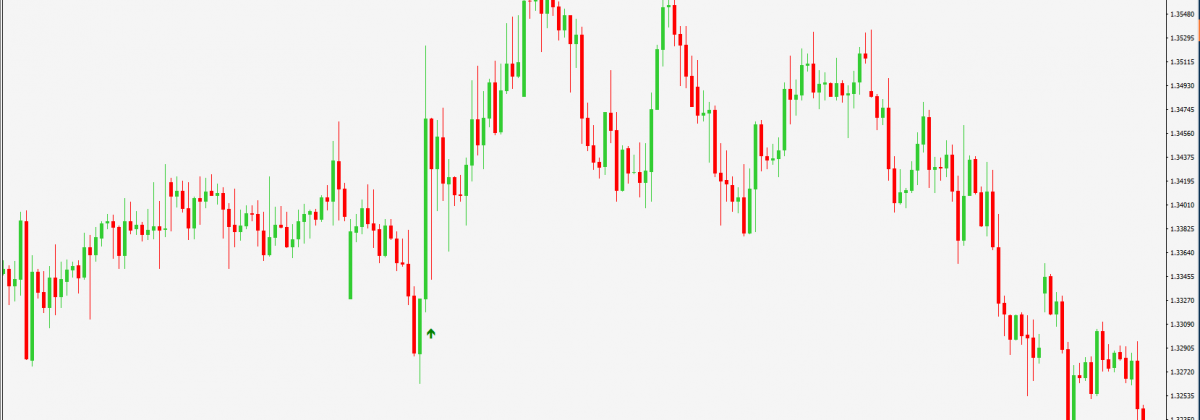Correlation vs. Cointegration

Correlation is a term beginner traders might be more familiar with but cointegration is what advanced traders will sit up and pay attention to. But are they the same term – different sides to the same coin so to speak, or do they mean something completely different?
Often confused, correlation and cointegration are terms used in regression analysis. Both are commonly used in forex trading to calculate the relationship between two or more currency pairs over a specific timeframe. Here’s where the similarity ends. Let’s try to understand how they are different.
Understanding Correlation in Forex Trading
Price movements in the forex market depend on a magnitude of factors. Despite this, there are some exchange rates that almost always move in the same direction, while there are certain exchange rates that move in opposite directions.
When two pairs move in the same direction, they are said to be positively correlated. If they move in opposing directions, the correlation is said to be negative. Identifying these trends can help you predict the movement of one currency pair by observing changes in the other. Historically, EUR/USD has exhibited long-term positive correlation with USD/CHF, while EUR/GBP has exhibited long-term negative correlation with AUD/NZD.
Unfortunately, it’s not as easy as it sounds here! There are two factors that impact profitability – the degree of correlation and the magnitude of movement. This means that two currency pairs may broadly move in the same direction, but may not be in complete unison.
The degree of correlation can vary from +1 (perfect positive correlation) to -1 (perfect negative correlation). If the degree is zero, it means there is no correlation.
In case of positive correction, the closer the degree of correlation between two currency pairs is to 1, the stronger the correlation between them and the more closely their movement would mirror each other. For degrees of correlation that are less than 1, there would be a certain amount of uncertainty regarding whether the second currency pair would go up when the first has risen. Similarly, in case of negative correlation, the closer the degree is to -1, the higher the probability of their movements in the opposite direction. Traders often set their entry benchmark for pairs between 0.9 and 1 or between -1 and -0.9.
Apart from the uncertainty, the magnitude of movement may differ, impacting profitability. For instance, two currency pairs may rise or fall together, but the magnitude of the rise and fall may differ. Here’s where the concept of correlation comes in.
Understanding Cointegration in Forex Trading
Cointegration helps identify the degree to which two currency pairs are sensitive to the same average price over a specific period of time. Thus, cointegration does not reflect whether the pairs would move in the same or opposite direction, but can tell you whether the distance between them remains the same over time.
For day traders, this means that the movement of these currency pairs is not related. However, in the longer term, the pairs may track a common average value.
Since cointegration identifies currency pairs that would not drift too far away from each other in the longer term and would revert to a mean distance between them, the concept of cointegration is used for hedging.
Here, too, the degree of cointegration would need to be calculated. The higher the degree of cointegration between two currency pairs, the greater is the probability of them maintaining a stable or constant distance. Another variable is the time two cointegrated currency pairs take to revert to the mean.
Correlation is easier to identify than cointegration; however, the latter is considered as the more reliable regression analysis tool. Therefore, correlation is mostly used by beginners, while more experienced traders rely more heavily on cointegration.
Disclaimer
If you liked this educational article please consult our Risk Disclosure Notice before starting to trade. Trading leveraged products involves a high level of risk. You may lose more than your invested capital.




